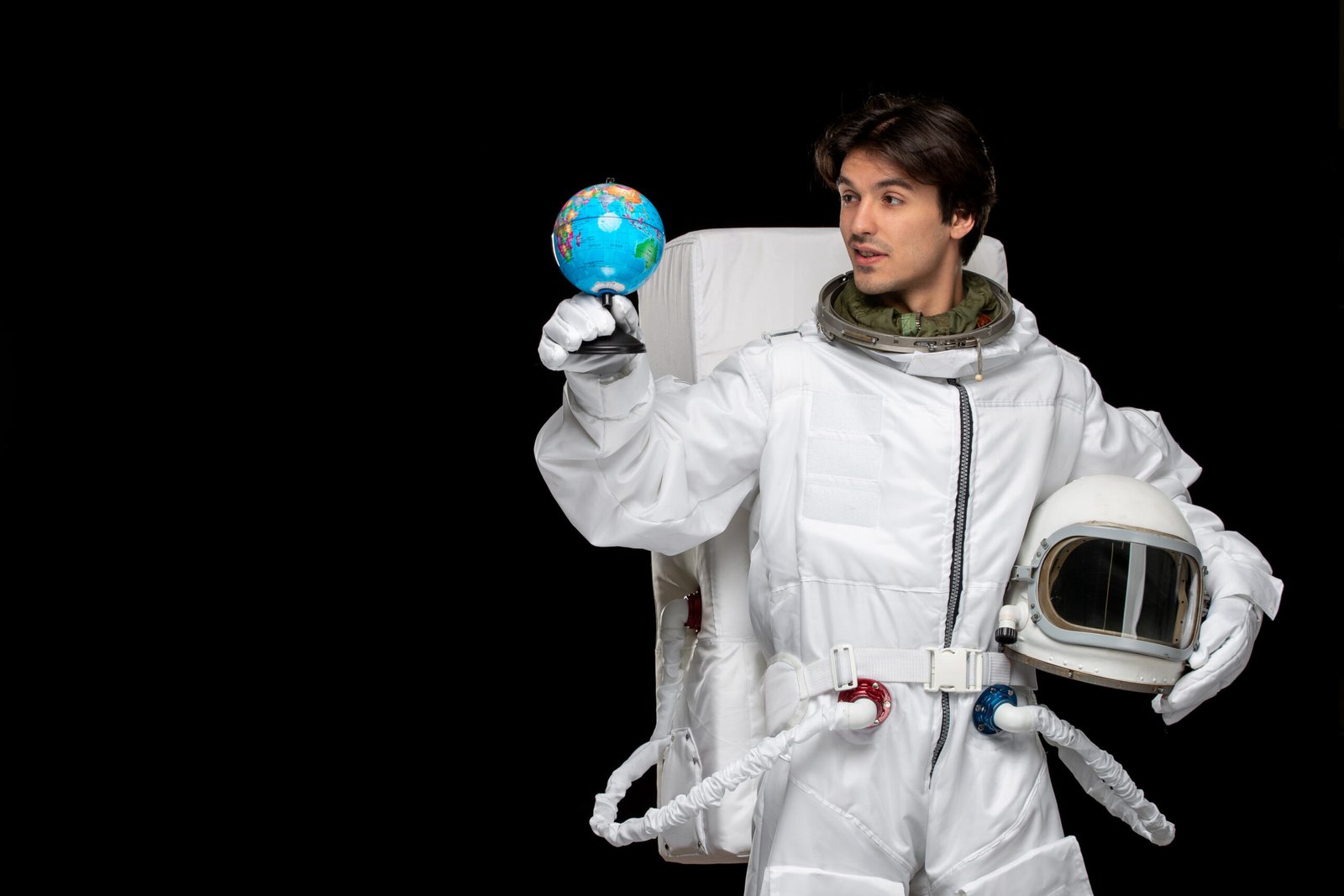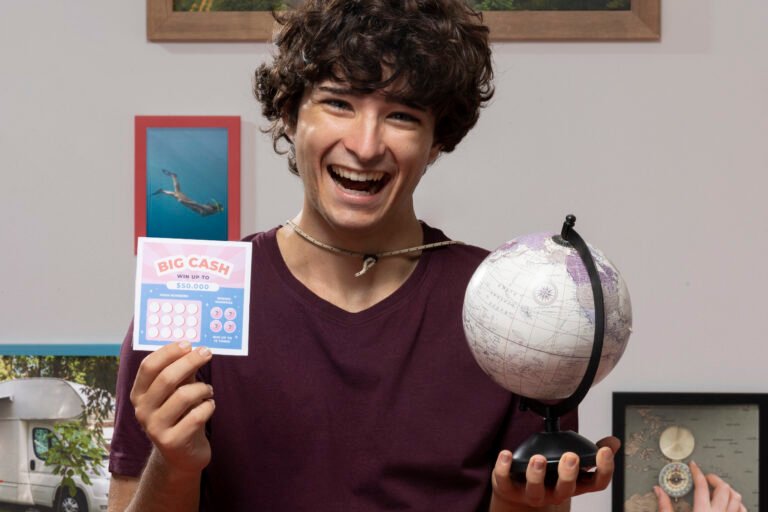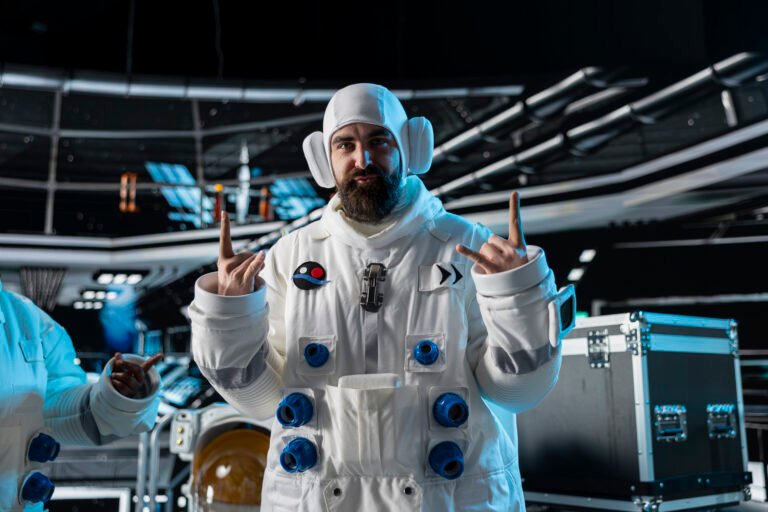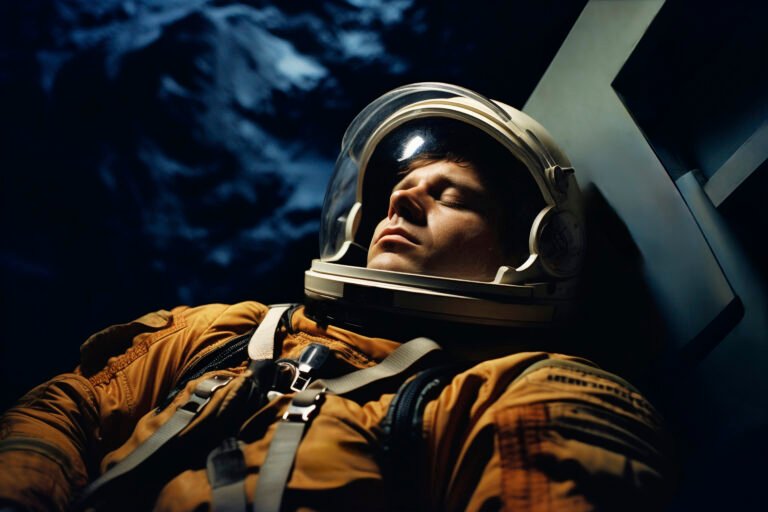Is Space Travel Only for Billionaires? 6 Surprising Facts

For decades, space travel was the stuff of government programs and sci-fi dreams — and the occasional billionaire headline. But today’s market is shifting fast: suborbital joyrides, orbital hotel plans, balloon ascents, private missions to the International Space Station, and national programs opening to civilians are all changing who can go up, how long they stay, and what it costs. In this article we’ll cut past the headlines and billionaire selfies to give you six surprising, evidence-backed facts about space travel that might change how you think about who can actually go to space. Expect clear prices, realistic timelines, companies to watch, alternatives for non-billionaires, and practical tips if you’re seriously curious about booking a trip.

Why “only billionaires” became a talking point
When Jeff Bezos, Richard Branson and Elon Musk started making headlines for their space ventures, the image of champagne-popping billionaires on short suborbital hops took root in public imagination. High-profile auctions, multi-million-dollar private ISS missions and celebrity passengers reinforced the view that space tourism was a billionaire playground. But the market is diversifying — and with diversification comes nuance. Some routes remain extremely expensive; others are approaching price points that could be realistic for wealthy but non-billionaire customers, or even aspirational middle-class travelers in the future if costs continue to fall.
Fact 1 — There are clear tiers of space travel (and most aren’t orbital)
Not all “space travel” is the same. The industry has evolved into several tiers:
- Suborbital flights — short climbs above the Kármán line (~100 km) or “edge of space”, a few minutes of weightlessness, then return. (Examples: Virgin Galactic, Blue Origin’s New Shepard).
- High-altitude balloon flights — long, gentle ascents to high altitude (near-space) in pressurized capsules (example: Space Perspective).
- Orbital missions — reach orbital velocity and often include stays at the ISS or future commercial stations (Axiom Space/SpaceX private missions).
- Extended stays / commercial stations — multi-day to multi-week stays, research trips, or space hotels (Voyager Station concepts, Axiom’s commercial station plans).
Each tier has dramatically different technical needs and costs. Understanding tiers is the first step to seeing where access is expanding beyond the billionaire club.
Fact 2 — Suborbital joyrides are expensive but far cheaper than orbital missions. Prices are rising, but competition may help
Suborbital companies have publicized prices regularly. Virgin Galactic has been selling seats for several years and prices around the mid-to-high hundreds of thousands of dollars per ticket have been widely reported — with the company signalling price adjustments as it scales and relaunches sales (tickets referenced at around $600,000 recently). South China Morning Post
Blue Origin’s New Shepard hasn’t published a fixed mass-market price in the same way; a widely publicized auction in 2021 sold a seat for many millions, but regular commercial pricing remains opaque or reported as a wide range. Journalistic coverage notes that exact Blue Origin prices are still not fully public and may vary by flight and package. People.com
Bottom line: a suborbital seat typically runs in the high five- or low six-figure range today — expensive for most people, but orders of magnitude below orbital missions that cost tens of millions.
Fact 3 — Orbital seats (ISS visits) cost tens of millions — and some private companies bundle training and support
Orbital missions (flights to the ISS or multi-day orbital stays) remain the domain of far deeper pockets. Past private missions to the ISS arranged by Axiom and other brokers are estimated in the tens of millions per seat — reporting has placed earlier Ax-1 prices in the ballpark of about $55 million per person, and more recent commercial mission offerings being discussed or packaged at roughly $65–70 million per seat depending on mission length and services. These prices typically include intensive training, mission planning, life-support logistics, spacecraft integration, and use of an existing orbital platform like the ISS. Space
Why so high? Orbital flight requires much more fuel, launcher capability, more complex life-support, and prolonged ground and in-space operations — so costs scale up quickly versus a 10-minute suborbital hop.
Fact 4 — New business models (balloons, near-space capsules, microsuborbital startups) widen access — some can target non-billionaires
Not every path to “seeing Earth from above” requires rocket engines. Companies experimenting with balloon-based capsules and hybrid systems aim to create near-space experiences with far lower engineering complexity. Some announced pricing for such experiences start in the tens of thousands (for example, lower-cost options are being marketed at five-figure prices in euros/dollars depending on the provider and experience length), which potentially makes space travel experiences accessible to very wealthy people who are not billionaires. luxurytribune.com
Space Perspective, a balloon-based company, has promoted a luxury near-space capsule experience (multiple hours up and down) with price points pitched significantly lower than rocket flights. If these models scale, they could open up a new middle tier of space experiences.
Fact 5 — New players and nations are entering the market (China and commercial stations matter)
Commercial space tourism is no longer U.S.-centric. State-backed and private companies in other countries are planning their own tourist services. For example, Chinese state-backed CAS Space announced plans to begin tourist flights from 2027–2028, with projected price brackets reported in the low millions of yuan — a different regional price dynamic that could expand global access if delivered at scale. Reuters
Additionally, commercial orbital stations (planned by companies like Axiom and others) aim to replace or succeed the ISS. As orbital infrastructure becomes commercialized, more organized tourism packages (albeit expensive) will be available and could create a market for governments, companies, institutions, and ultra-wealthy individuals interested in research, film, or unique experiences. Recent private orbital missions launched by Axiom show the model is functioning in practice. Spaceflight Now
Fact 6 — Ticket price is only part of the cost: training, medical clearance, insurance and opportunity costs matter
Many prospective passengers overlook the “soft costs” that accompany a spaceflight:
- Training & preparation: For orbital flights, training can last months and involve medical exams, centrifuge runs, spacecraft systems, emergency drills and simulations. Companies sometimes package training into the per-seat price, but not always; additional costs (travel, lodging during training, lost work time) add up. Business Insider
- Medical requirements: Even suborbital passengers face medical checks; some cardiovascular or neurological conditions can disqualify would-be astronauts.
- Insurance and liability: Commercial spaceflight insurance is evolving; individuals and groups often need complex waivers and sometimes personal insurance riders.
- Time & logistics: Orbital missions may require weeks away from work and family; suborbital customers often spend several days at the company’s base for medical and orientation procedures.
In short, when comparing “can I afford it?”, compute the full package, not only the headline fare.
Quick comparison table — what different companies currently offer (typical price ranges and features)
| Company / Model | Tier | Typical reported price (range) | Experience length | Training required | Notes / sources |
|---|---|---|---|---|---|
| Virgin Galactic (Delta/SpaceShip) | Suborbital | ≈ $250k–$600k (recently referenced ~$600k; subject to change) | Minutes of weightlessness, several hours total | Brief cabin training, health checks | Price changes signalled by company. South China Morning Post |
| Blue Origin (New Shepard) | Suborbital | Not publicly fixed; auctioned seats reached millions; press reports show wide range | Minutes of weightlessness | Short training, medical checks | Exact current pricing opaque. People.com |
| Space Perspective (balloon) | High-altitude balloon | Announced package pricing pitched much lower than rockets; some offers ~€45k+ in industry press | Several hours up and down | Minimal compared to rockets | Balloon options aim for broader access. luxurytribune.com |
| Axiom Space + SpaceX Dragon | Orbital (ISS visits) | Tens of millions per person (~$55M historical; later packages discussed at $65–$70M) | Days to weeks | Months of training | Orbital missions include extensive training and mission support. Space |
| Chinese CAS Space (planned) | Suborbital / short orbital (announced plans) | Reported 2–3 million yuan (~$400k) for proposed offerings in reports | Short flights (announced) | Country / company programs | Government-backed plans announced for late 2020s. Reuters |
How to prepare if you want to go (realistic timeline + checklist)
If you’re serious about going to space (or near-space) within the next 1–5 years, here’s a practical plan:
- Pick your tier. If you want minutes of weightlessness and a ticket quickly, consider suborbital or balloon options. If you want to orbit, prepare for a long, expensive process.
- Budget beyond the ticket. For suborbital, add travel, pre-flight stay, medical checks and potential insurance; for orbital, plan for months of training and additional costs.
- Medical assessment. Get a cardiovascular and neurological checkup; ask the operator about their health criteria.
- Legal & insurance research. Review waivers, check with insurers about coverage for accidents and cancellations.
- Book with reputable operators. Use established firms with documented safety processes and regulatory compliance.
- Plan time off. Orbital trips often require multi-week to multi-month windows for training, mission delays and recovery.
- Stay informed. The sector moves fast — new players and price points may appear within months.
Tips & tricks (practical, lesser-known advice)
- Buy earlier if price escalations are announced. Some companies raise prices when demand or operational costs increase; early ticket holders sometimes locked in lower fares. South China Morning Post
- Join waitlists & loyalty programs. Operators sometimes invite waitlist members to shorter, promotional flights.
- Consider near-space as a stepping stone. Balloon or high-altitude capsule experiences offer panoramic views and long ascent times without extremely high G loads. luxurytribune.com
- Use professional brokers for orbital missions. Companies like Axiom provide packaged logistics and may be able to secure institutional funding or sponsorship. Space
- Follow regulatory developments. As countries set rules for commercial stations and private launches, new opportunities (and constraints) appear quickly.
FAQs
Q1: Is space travel only for billionaires right now?
Short answer: No — but many of the most exclusive orbital trips remain in the tens of millions and are therefore primarily available to the ultra-wealthy. Suborbital and near-space options have opened access to well-heeled non-billionaires (five- to six-figure ticket ranges), and competition is creating alternatives that could be more accessible over time. South China Morning Post
Q2: How much does it cost to go to the International Space Station privately?
Estimates from recent private missions and brokered flights place per-seat costs in the tens of millions (historically reported around $55M and rising to $65–$70M for more recent packaged offerings). These figures usually include training and support. Space
Q3: Are there cheaper ways to experience “space” without rockets?
Yes. Balloon-based near-space capsules and high-altitude airships offer long ascent times and expansive views at lower price points than rockets; some commercial offers have been promoted at five-figure prices. These experiences are technically “near-space” rather than orbital, but for many people the visual and emotional experience is similar. luxurytribune.com
Q4: Will prices fall enough for middle-class people to go to space in my lifetime?
It depends. Technological scaling, reusability, and competition (including different vehicle types) could drive down costs, but orbital flight will likely remain costly for decades. Suborbital and near-space experiences have the best short-term chance of becoming broadly affordable. Continued innovation and regulatory frameworks (e.g., commercial stations replacing the ISS) will shape the timeline. Space
Q5: Should I buy a ticket now or wait?
If price certainty or a specific launch window matters, buying early can lock in access and possibly a lower price. If you’re price-sensitive, monitor competitors and watch for balloon/near-space offerings that may be cheaper as they scale. Note: some companies pause sales or adjust price structures — watch official company announcements. South China Morning Post
Q6: Are private spaceflights safe?
Safety is improving with more launch experience and regulation, but spaceflight always carries risk. Choose operators with transparent safety records, independent reviews, and clear emergency procedures. Regulatory oversight varies by country and flight type.
Related links & additional reading (select reputable reporting)
- Reports on pricing and planned sales from major outlets (e.g., coverage of Virgin Galactic pricing updates). South China Morning Post
- Coverage of Blue Origin ticket ambiguity and New Shepard history. People.com
- Analysis of private orbital missions and Axiom’s role. Space
- Reuters coverage of Chinese commercial tourism plans and pricing projections. Reuters
- Reports on balloon/near-space entrants and lower-cost experiential tourism. luxurytribune.com
Conclusion — is space travel only for billionaires?
Not entirely. The space travel landscape now contains clearly tiered experiences: orbital missions that remain priced for the ultra-wealthy; suborbital flights that are expensive but approachable for very wealthy non-billionaires; and near-space balloon or airship experiences that are already pushing into the five-figure range. New national entrants and commercial stations will continue to reshape the market. If your definition of “accessible” is “available to anyone with a credit card,” we’re not there yet. If your definition is “expanding beyond billionaires to wealthy individuals and adventurous organizations,” that is already happening — and faster than many predicted.






